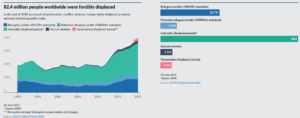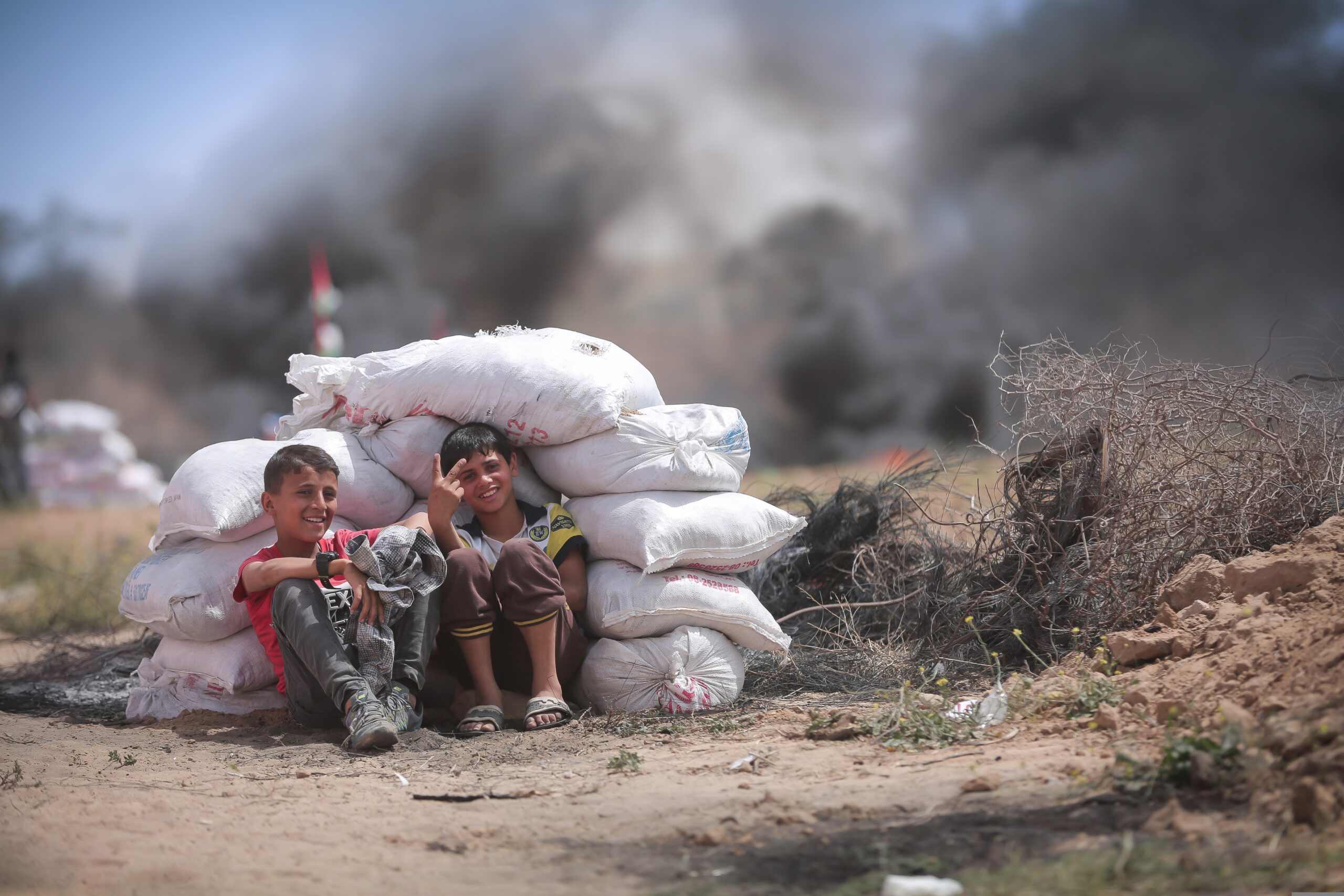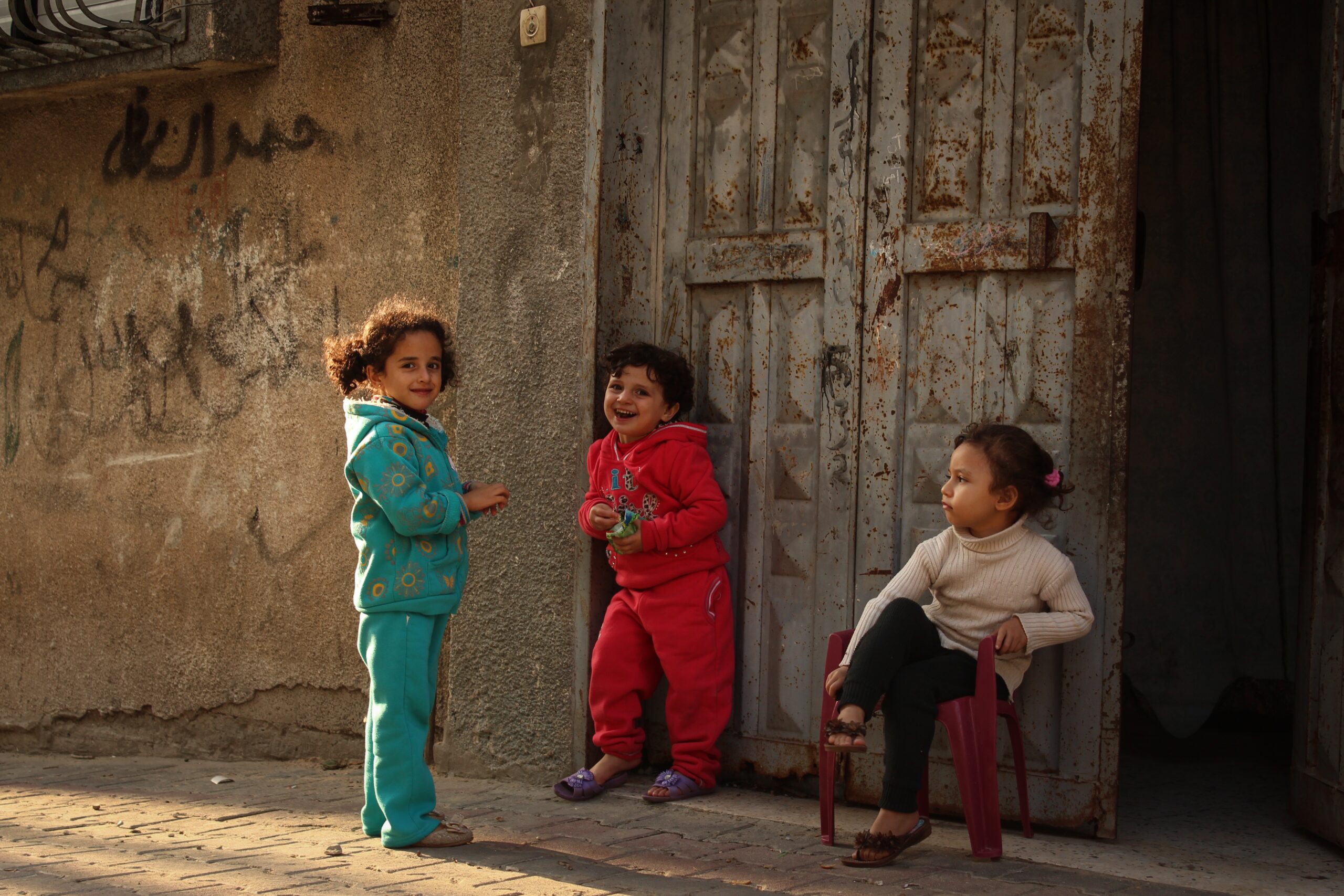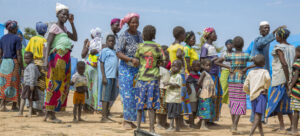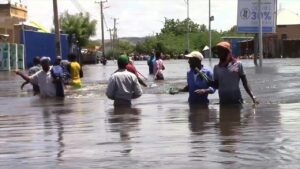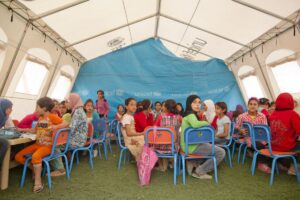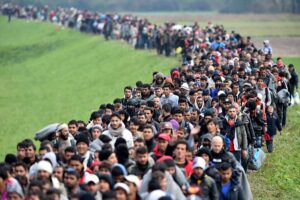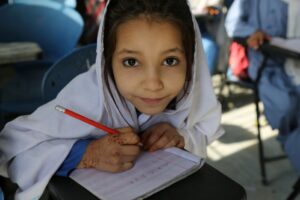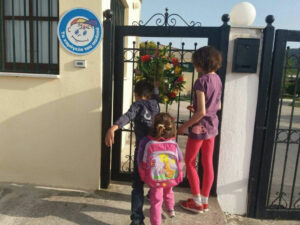SOURCE: https://greekcitytimes.com/2020/06/21/the-smile-of-the-child-world-refugee-day/ “The Smile of the Child”, committed to its mission for the protection and care of all children regardless of nationality, religion or any other criterion, continues to provide the full spectrum of its services in support of children in Greece for more than 25 years, always based on certified procedures and high-quality activities. Under the framework of the memorandum of cooperation signed by UNHCR Greece and “The Smile of the Child” in 2018, the two Organisations issued the “Guidance Note on reporting refugee and migrant missing children in Greece” in cooperation with the Greek authorities. The Memorandum sets out the framework and detailed procedures, reflecting the valuable experience and thus providing an important tool for the competent authorities. The two organisations worked hand in hand to promote the use of the national reporting mechanism for missing children by all authorities and actors working with refugee and migrant children, urging them to act fast when a refugee or migrant child goes missing, and report the case to the Hellenic Police. Many of these children who have managed to make it to safer places, unfortunately face new challenges and run the risk of falling victims of exploitation and trafficking, as they can’t be protected from family members or relative/friends. Most of these cases are not reported and as a result, the search mechanism of the “116000 European Hotline for Missing Children” does not get activated. The “116000 European Hotline for Missing Children” is coordinated by “The Smile of the Child” nationally, as a founding member of the European Federation of Missing and Exploited Children. (MCE) UNHCR, the UN Refugee Agency, estimates that 1 out of every 100 people in the world has fled their homes. At the end of 2019, nearly 80 million people were displaced from their homes, while the number of conflicts has only increased around the world. According to the European Federation of Missing Children Europe (MCE), 55,284 calls related to 7,582 cases of missing children were answered by the call operators of the “European Hotline for Missing Children 116000” in 2019, of which 3% referred to cases of migrant children and adolescents. The recent statistics published by the National Centre for Social Solidarity in Greece (EKKA), report an estimate of 4,843 unaccompanied minors are in Greece today, among them 2,182 living in long-term or temporary accommodation, 26 in emergency accommodation centres, 1,233 in Reception and Identification Centres, 229 in protective custody, 222 in open temporary accommodation facilities and 951 in informal and insecure housing conditions. According to statistical data announced during the public event held by ‘The Smile of the Child’ on the occasion of the 25th of May, International Missing Children’s Day (IMCD), the Hellenic Police handled 1,562 cases of missing unaccompanied children in 2019, out of which only 37.6% were found. In the first 5 months of 2020 there were 330 reported cases with a recovery rate of 33.6%. In Greece, “The Smile of the Child” works on the issue of missing children in close collaboration with the Hellenic Police, the General Attorney’s Office for Minors and the First Instance Courts, as well as law-enforcement forces from all over the world, such as Interpol and Europol. Coordination and collaboration is extended to UN agencies such as IOM and UNHCR, to other national and international bodies, as well as several groups of volunteers working in the field of child protection and children’s rights. In addition, “The Smile of the Child” established its cooperation with Facebook on missing children public alerts (Amber Alert), enhancing mutual cooperation in crucial areas such as child safety and suicide prevention. On the institutional level, a strong and formal collaboration (MoUs) on the prevention of children’s disappearances is built among others with the Ministry of Citizen’s Protection, the Ministry of Maritime Affairs and Insular Policy and the Ministry of National Defense. “The Smile of the Child” will continue to deploy its nationwide network for the benefit of refugees and migrants, comprising among others the following: Mobile Medical Units (Ambulances) of Neonatal & Paediatric Intensive Care, carrying out transfers nationwide Central Multi-medical office situated in the centre of Athens Multi-medical Unit “Hippocrates” and other Mobile Medical Units Paediatric Care-at-Home Unit National Helpline for Children SOS 1056 European Hotline for Missing Children 116000 European Helpline for Children & Adolescents 116111, all three Lines interconnected with the 112 European Emergency Number In addition, the Organisation uses a number of specialised tools, such as search and rescue vehicles, jeeps, radio networks, repeaters, a Mobile Command Centre, the Crisis Management Centre “ODYSSEAS”, a Disaster Recovery Area at the Athens International Airport and the “Thanasis Makris” Search and Rescue Team for Missing Children with the participation of internationally certified canine teams. “The Smile of the Child”, humanitarian partner of the European Commission, implements successfully a project in collaboration with the International Organization for Migration (IOM) The project is funded by the Directorate-General for Migration and Home Affairs of the European Commission (DG HOME) and its key aspects are the following: Support refugee/migrant infants and children, including pregnant or lactating women, with increased medical needs accommodated in apartments in Athens and Thessaloniki. The services include paediatric home treatment, medical and nursery care, physical therapy, psychosocial support and counselling, assistance in medical consultations and examinations, training of parents on how to handle medical issues of their children, transfers from/to hospitals Prevention and response services to violence against refugee/migrant children via the provision of telephone counselling and/or direct intervention on the field – 24 hours a day / 7 days a week, free of charge – to minors victims of violence, smuggling, trafficking and missing unaccompanied minors, in cooperation with all the competent national authorities. Source: https://greekcitytimes.com/2020/06/21/the-smile-of-the-child-world-refugee-day/
